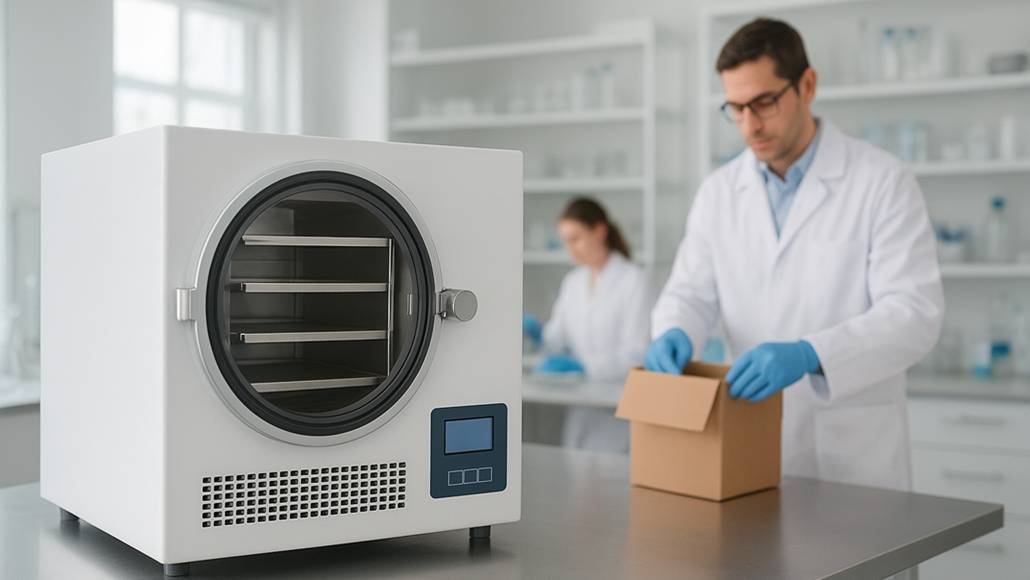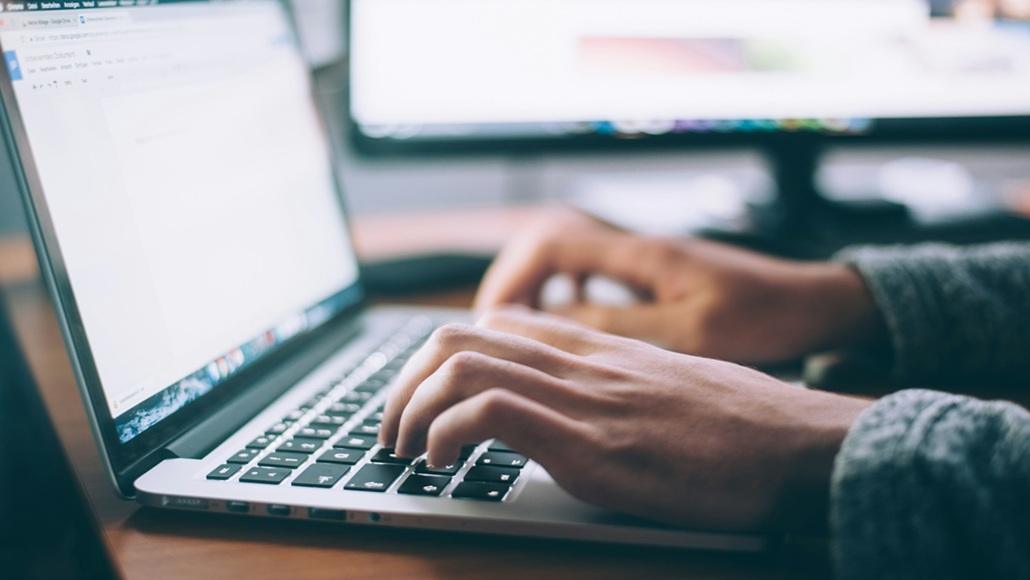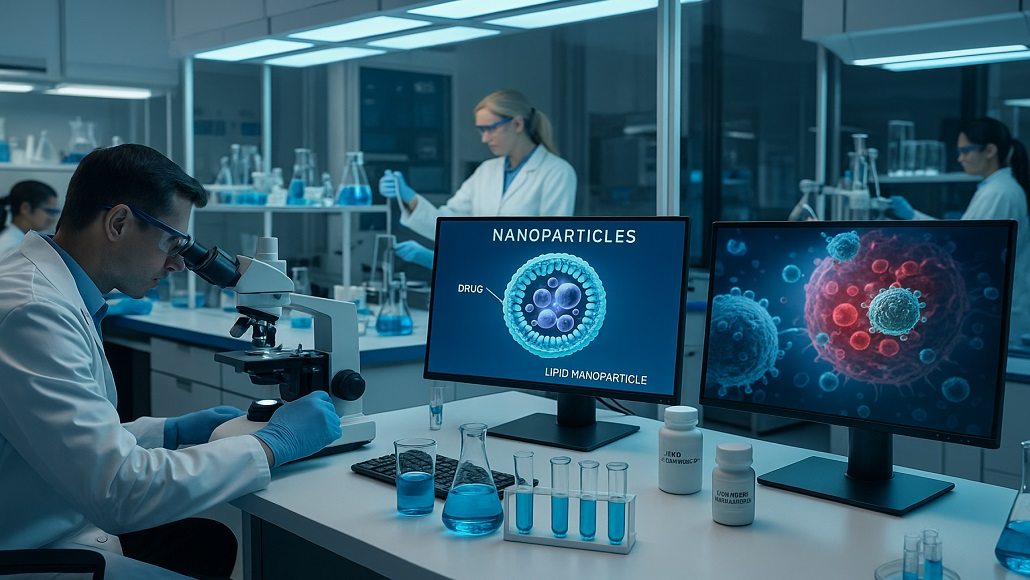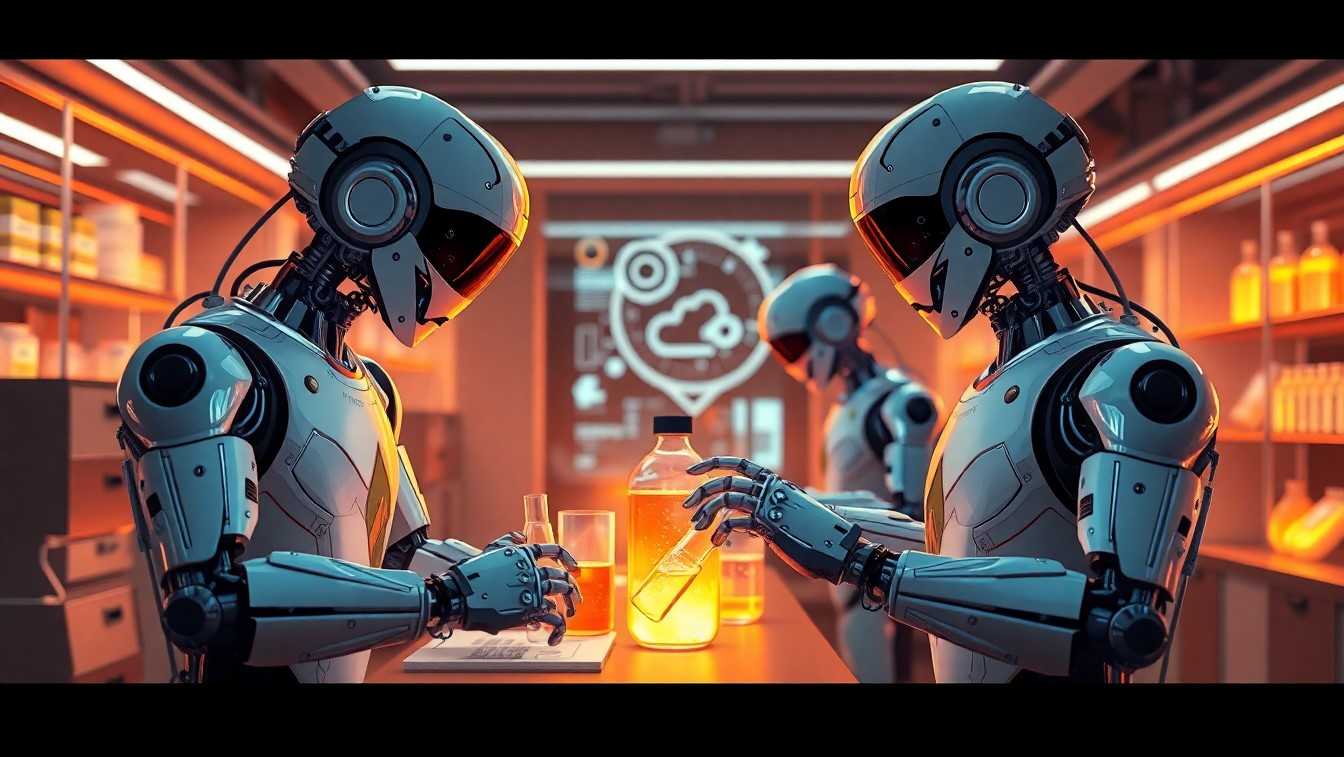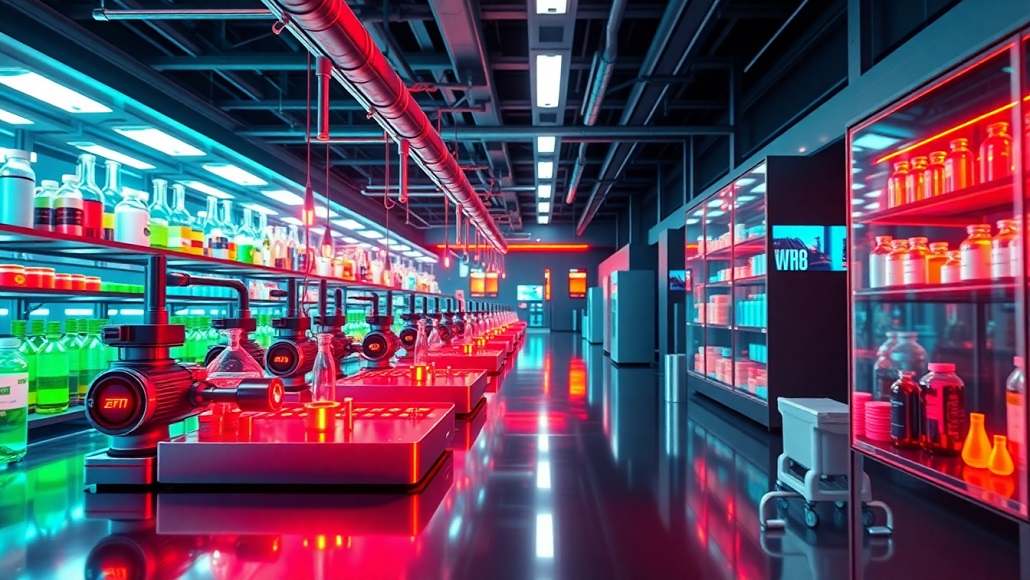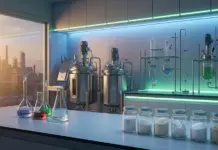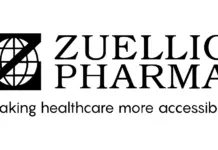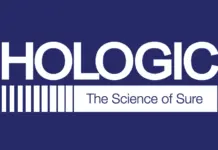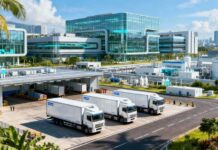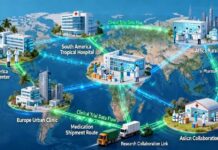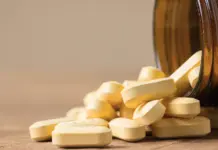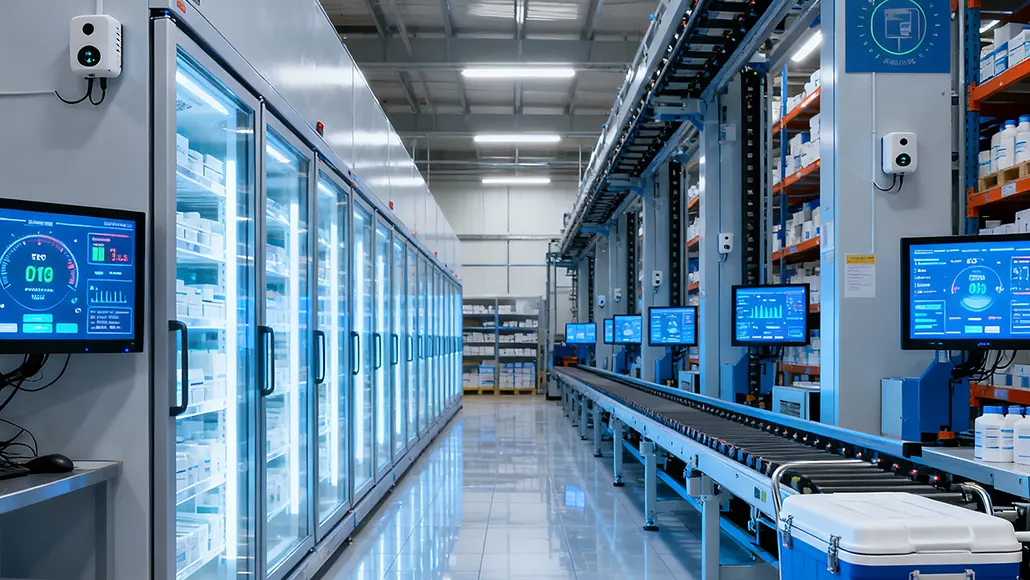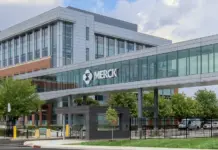Progress in Drug Delivery Systems
Innovations in drug delivery systems are reshaping how medications are formulated, stored, and administered, with a transformative impact on the treatment of diseases. These systems are designed to deliver therapeutic molecules precisely to target areas within the body, improving their effectiveness while reducing unwanted accumulation in non-target areas. Routes of administration for these systems are diverse, including oral, nasal, ocular, transdermal, and more, each tailored to optimize therapeutic outcomes and patient compliance.
The Importance of Controlled Drug Release
In recent decades, drug delivery systems have become essential for enhancing therapeutic efficacy. By focusing on controlled drug release, these systems regulate the rate and duration of drug availability within the body, overcoming limitations posed by traditional drug forms. First conceptualized in the 1950s, controlled release has proven superior for extending drug action, from days to years, while minimizing exposure to fluctuations in physiological conditions. This innovation provides sustained therapeutic benefits and reduces dosing frequency, improving overall patient adherence to treatments.
Benefits of Advanced Drug Delivery Systems
Drug delivery systems with controlled release have shown remarkable improvements in drug solubility, accumulation at target sites, pharmacokinetic profiles, and pharmacological activity. They also enhance patient acceptance, improve compliance, and significantly reduce drug toxicity, resulting in more effective treatments with fewer side effects.
Mechanisms of Drug Release
Advancements in drug delivery systems have led to more convenient and selective drug release options. Each system is characterized by specific release mechanisms influenced by its physical, chemical, and morphological properties, which determine how effectively it interacts with pharmaceutical agents. The main mechanisms driving drug release in these systems include diffusion, chemical reaction, solvent control, and stimuli responsiveness, each uniquely tailored for different therapeutic requirements.
Controlled Diffusion: Controlled diffusion is among the most commonly used mechanisms. It involves releasing the drug from a reservoir through a permeable polymer membrane, with release rates adjusted by membrane thickness and permeability. While this method offers manufacturing ease, the release rate may gradually decrease over time.
Chemical Activation: Chemical activation involves releasing a drug through a reaction with a soluble polymer chain, which allows for high drug loading. Research on cytotoxicity is crucial to ensure patient safety, especially when biodegradable polymer matrices are used, which release drugs through hydrolysis or enzyme action.
Solvent Control: Solvent-controlled release depends on the swelling of hydrophilic polymers or osmosis. The former relies on water absorption to relax polymer chains and facilitate drug diffusion, while osmotic devices use a semi-permeable membrane to control water entry and force the drug out. Both methods offer unique ways to manage the release rate based on solvent interactions.
Stimuli-Responsive Systems: These systems represent a significant innovation in drug delivery systems, where drugs are released in response to specific internal or external triggers, like changes in pH or temperature. Stimuli-responsive systems enable precise targeting and reduced toxicity, enhancing therapeutic outcomes.
Current Types of Drug Delivery Systems
Recent progress in drug delivery systems includes the development of advanced methods using organic, inorganic, and hybrid nanoparticles. These carriers facilitate targeted therapies with enhanced permeability, solubility, stability, and sustained release, significantly outperforming conventional dosage forms. Below are some of the prominent types of drug delivery systems used today:
Liposomes: Liposomes are tiny synthetic vesicles, usually spherical, composed of phospholipids and cholesterol. Their dual hydrophilic and hydrophobic properties make them ideal carriers for drug delivery. Liposomes can carry both water-soluble and lipid-soluble drugs within their bilayer membranes, with drug release affected by lipid content, surface charge, and production techniques. They are widely used in delivering drugs like paclitaxel, cyclosporine, and ibuprofen, as they provide improved stability and bioavailability.
Nanoparticles: Nanoparticles range from 10 to 1000 nm in size and are highly adaptable as carriers in drug delivery systems. They can encapsulate, bind, or entrap drugs, and depending on the preparation method, they can exist as nano capsules or nanospheres. Nanoparticles provide sustained and regulated release, a high drug-loading capacity, and options for targeted delivery through surface ligands or magnetic guidance, allowing for highly controlled therapeutic delivery.
Microspheres: Microspheres are monolithic spheres composed of polymers and therapeutic agents, offering uniform distribution across the gastrointestinal tract. With sizes from 1 to 1000 μm, these particles use materials like starches, proteins, and synthetic polymers to deliver drugs effectively without dissolving the polymer matrix. By enhancing absorption and reducing local irritation, microspheres provide a viable method for drugs that may irritate the gastrointestinal lining, thus improving patient experience.
Dendrimers: Dendrimers are uniquely structured, branched molecules ideal for delivering chemotherapeutics and immunotherapeutics across biological barriers like the blood-brain barrier. They offer several advantages, including targeted delivery to specific tissues, high drug-loading capacity, and improved permeability in solid tumors. Their ability to deliver multiple drugs with varying mechanisms of action makes them invaluable in complex treatments, especially in oncology.
Hydrogels: Hydrogels consist of three-dimensional polymeric networks capable of retaining large volumes of water or biological fluids. This property makes them suitable for drug delivery systems requiring biocompatibility and biodegradability. Hydrogels allow for prolonged, sustained drug release, improved therapeutic compliance, and targeted delivery to specific sites, such as the colon. Their flexibility and high water content make them an excellent option for various biomedical applications.
Future of Drug Delivery Systems
The future of drug delivery systems looks promising, with ongoing developments aiming to improve stability, enhance encapsulation, and allow extended release across physiological barriers. These systems will likely evolve in tandem with the shift from small-molecule drugs to biologics, which present unique challenges in delivery due to their size and stability requirements.
Innovative materials will enhance targeting accuracy, respond to biological signals, and integrate seamlessly with clinical practices. Future drug delivery systems will significantly impact global healthcare, offering more precise treatments while potentially reducing overall costs. Improving affordability and accessibility of these innovative treatments will be essential, especially for individuals in resource-limited settings. Advances in automated drug delivery technologies and cost-effective manufacturing platforms will help make life-saving treatments accessible on a global scale.
Addressing Global Health Needs Through Innovation
A vital goal of next-generation drug delivery systems is to bridge the gap in healthcare accessibility, ensuring cutting-edge treatments are available to all, regardless of socioeconomic status. Cost-effective innovations and low-cost production of drug delivery systems will be key drivers in achieving this. By prioritizing affordability and expanding access to advanced therapies, these systems can support global health equity.
Innovations in drug delivery will pave the way for greater healthcare inclusivity. By investing in automated manufacturing and low-cost delivery solutions, the pharmaceutical industry can help lower treatment expenses and make therapies accessible to underserved populations.



